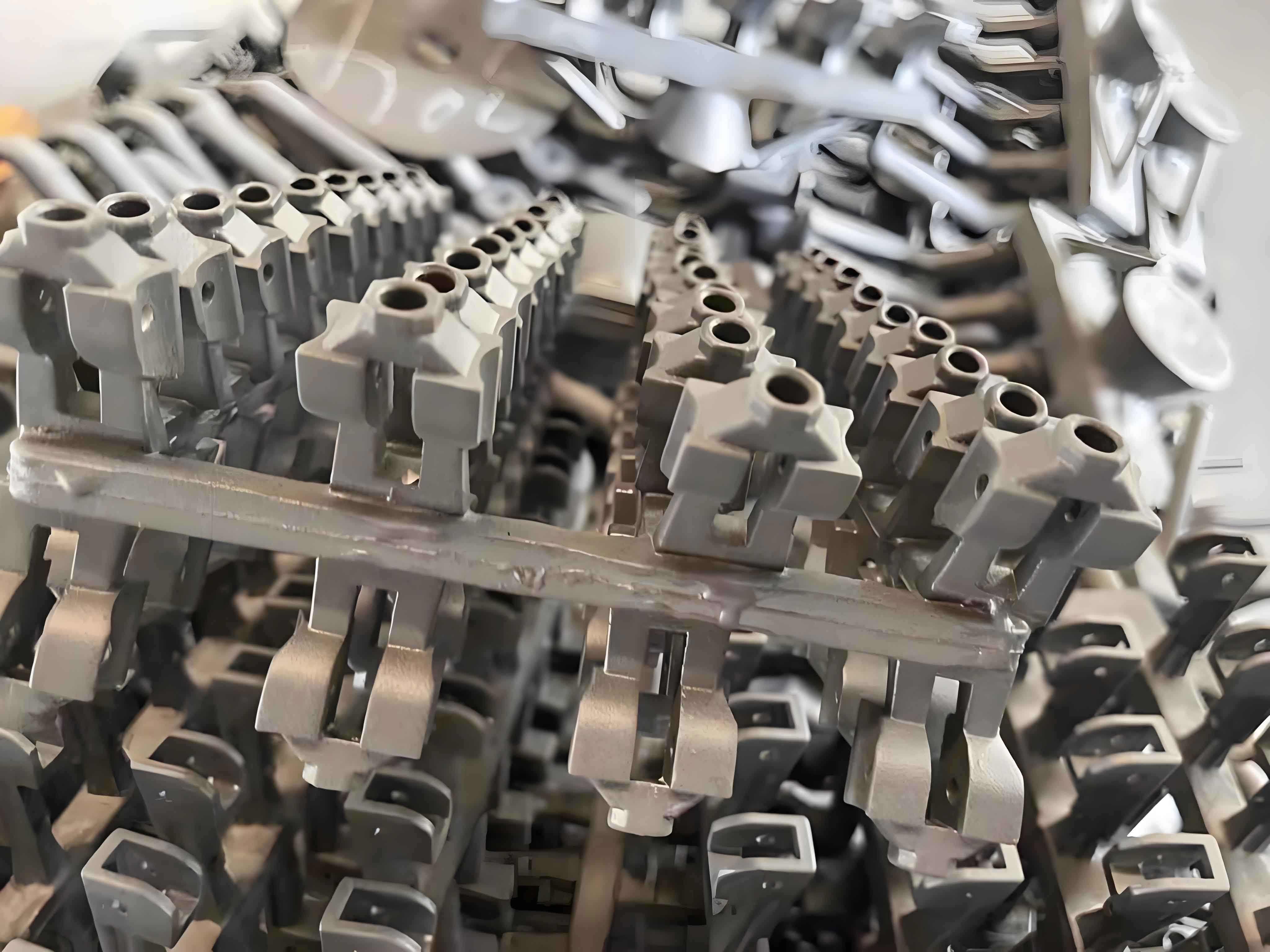The steel casting industry is a critical component of global manufacturing, playing a vital role in various sectors such as automotive, construction, aerospace, and heavy machinery. However, the dynamics of global supply chains significantly influence the operations, profitability, and sustainability of this industry. This article explores how global supply chain dynamics impact the steel casting industry, highlighting the challenges, opportunities, and future trends. Detailed tables and lists are included for clarity and comprehensive understanding.

Introduction
Global supply chains are complex networks involving multiple stakeholders, including raw material suppliers, manufacturers, logistics providers, and end-users. The steel casting industry relies heavily on these supply chains to source raw materials, process them into finished products, and deliver them to customers worldwide. Any disruption or change in these supply chains can have far-reaching effects on the industry’s performance.
Key Factors Influencing Global Supply Chain Dynamics
- Raw Material Availability:
- The availability of essential raw materials like iron ore, scrap steel, and alloying elements is crucial for steel casting production.
- Logistics and Transportation:
- Efficient transportation networks are vital for timely delivery of raw materials and finished products.
- Trade Policies and Tariffs:
- Government policies, tariffs, and trade agreements can significantly affect the cost and flow of goods across borders.
- Economic Conditions:
- Global economic stability and growth influence demand for steel cast products.
- Technological Advancements:
- Innovations in production and logistics technologies can enhance supply chain efficiency.
- Environmental Regulations:
- Stricter environmental regulations impact production processes and supply chain operations.
Table: Key Factors Influencing Global Supply Chain Dynamics
| Factor | Description | Impact on Steel Casting Industry |
|---|---|---|
| Raw Material Availability | Availability of essential raw materials like iron ore | Affects production capacity and cost |
| Logistics and Transportation | Efficiency of transportation networks | Influences delivery times and overall supply chain efficiency |
| Trade Policies and Tariffs | Government policies and trade agreements | Impacts cost and flow of goods |
| Economic Conditions | Global economic stability and growth | Determines demand for steel cast products |
| Technological Advancements | Innovations in production and logistics technologies | Enhances supply chain efficiency |
| Environmental Regulations | Stricter environmental regulations | Affects production processes and compliance costs |
Challenges Faced by the Steel Casting Industry
- Supply Chain Disruptions:
- Natural disasters, geopolitical tensions, and pandemics can cause significant disruptions.
- Volatile Raw Material Prices:
- Fluctuations in the prices of raw materials can affect production costs and profitability.
- Trade Barriers:
- Tariffs and trade restrictions can limit market access and increase costs.
- Logistics Bottlenecks:
- Congestion at ports, lack of transportation infrastructure, and logistical inefficiencies can delay shipments.
- Compliance with Regulations:
- Adhering to varying environmental and safety regulations across regions can be challenging and costly.
List: Key Challenges Faced by the Steel Casting Industry
- Supply Chain Disruptions:
- Natural disasters
- Geopolitical tensions
- Pandemics
- Volatile Raw Material Prices:
- Fluctuating costs of iron ore, scrap steel, alloying elements
- Trade Barriers:
- Tariffs
- Trade restrictions
- Logistics Bottlenecks:
- Port congestion
- Lack of infrastructure
- Inefficiencies
- Compliance with Regulations:
- Environmental regulations
- Safety standards
Opportunities in the Steel Casting Industry
- Diversification of Supply Sources:
- Sourcing raw materials from multiple suppliers to mitigate risks.
- Technological Integration:
- Implementing advanced technologies like IoT, AI, and blockchain to improve supply chain transparency and efficiency.
- Sustainable Practices:
- Adopting eco-friendly production methods and sustainable supply chain practices.
- Strategic Partnerships:
- Collaborating with logistics providers and other stakeholders to enhance supply chain resilience.
- Market Expansion:
- Exploring new markets and diversifying product offerings to reduce dependency on a single market.
List: Opportunities in the Steel Casting Industry
- Diversification of Supply Sources:
- Multiple raw material suppliers
- Risk mitigation
- Technological Integration:
- IoT, AI, and blockchain
- Supply chain transparency and efficiency
- Sustainable Practices:
- Eco-friendly production methods
- Sustainable supply chain practices
- Strategic Partnerships:
- Collaboration with logistics providers
- Enhanced supply chain resilience
- Market Expansion:
- Exploring new markets
- Diversifying product offerings
Future Trends in Global Supply Chain Dynamics
- Digital Transformation:
- Increased adoption of digital technologies to streamline supply chain operations.
- Resilient Supply Chains:
- Building more resilient supply chains to withstand disruptions and recover quickly.
- Local Sourcing:
- Shift towards local sourcing to reduce dependency on global supply chains and minimize risks.
- Sustainability Focus:
- Greater emphasis on sustainability and reducing the carbon footprint of supply chain activities.
- Real-Time Data Analytics:
- Utilizing real-time data analytics for better decision-making and proactive supply chain management.
Table: Future Trends in Global Supply Chain Dynamics
| Trend | Description | Expected Impact on Steel Casting Industry |
|---|---|---|
| Digital Transformation | Adoption of digital technologies | Streamlined operations, improved efficiency |
| Resilient Supply Chains | Building supply chains that can withstand disruptions | Enhanced ability to recover from disruptions |
| Local Sourcing | Reducing dependency on global supply chains | Lower risk, increased reliability |
| Sustainability Focus | Emphasis on eco-friendly practices | Reduced carbon footprint, compliance with regulations |
| Real-Time Data Analytics | Use of real-time data for decision-making | Proactive supply chain management, better responsiveness |
Conclusion
The dynamics of global supply chains have a profound impact on the steel casting industry. While challenges such as supply chain disruptions, volatile raw material prices, and compliance with regulations pose significant hurdles, there are ample opportunities to enhance efficiency and resilience through diversification, technological integration, and sustainable practices. By staying abreast of future trends like digital transformation and focusing on building resilient and sustainable supply chains, the steel casting industry can navigate the complexities of global supply chains and continue to thrive in an increasingly interconnected world.
